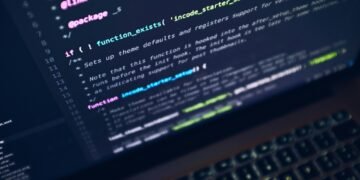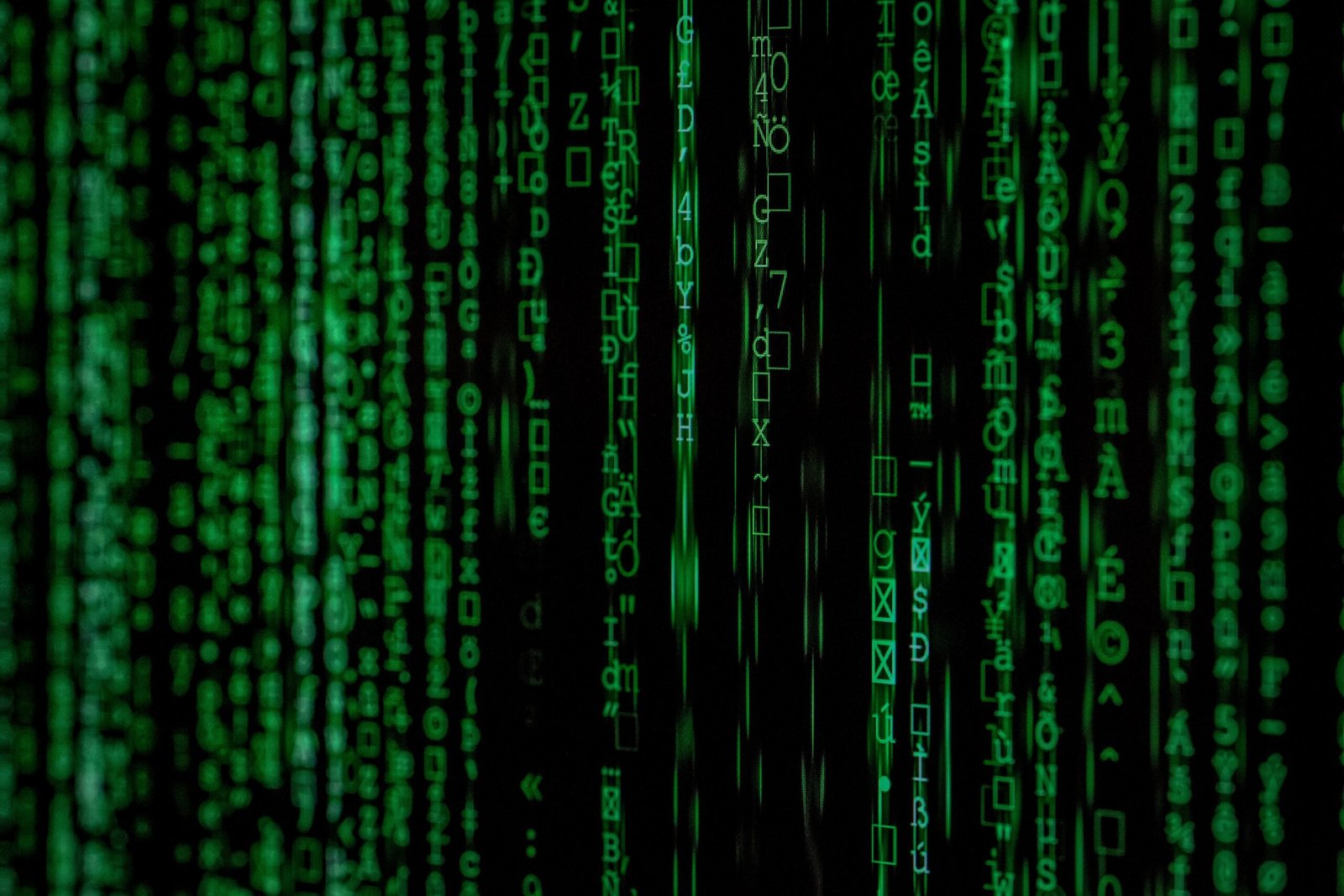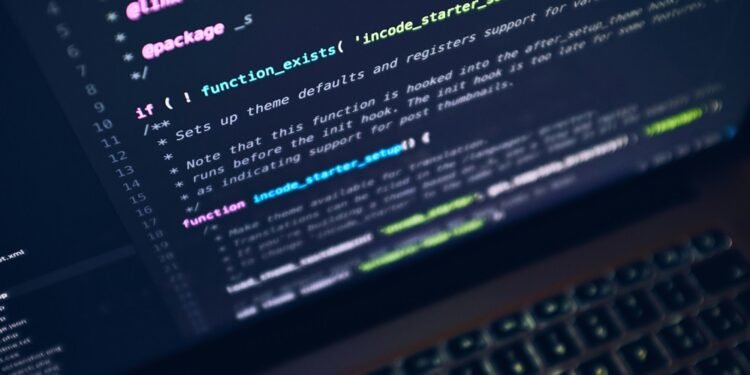Deepfake technology is a sophisticated form of artificial intelligence that enables the creation of hyper-realistic fake videos and audio. This technology leverages neural networks and machine learning algorithms to manipulate and superimpose existing media, producing content that can often be indistinguishable from reality. The term “deepfake” itself is a portmanteau, combining “deep learning” and “fake,” which aptly describes the essence of how this technology operates.
The origins of deepfake technology can be traced back to the advancements in deep learning and the development of generative adversarial networks (GANs). GANs consist of two neural networks—the generator and the discriminator—that work in tandem. The generator creates fake content, while the discriminator attempts to detect its authenticity. Through this iterative process, the generator becomes increasingly adept at producing realistic content, leading to the creation of convincing deepfakes.
One of the key components in deepfake creation is the extensive use of training data. Machine learning algorithms are trained on a vast amount of images, videos, and audio clips to learn the nuances of human expressions, voice patterns, and other characteristics. This training enables the algorithms to generate fake content that mimics the original material with high precision. Additionally, advancements in computational power and the availability of large datasets have significantly accelerated the development of deepfake technology.
Over the years, deepfakes have been employed in various contexts, ranging from benign entertainment to malicious activities. For instance, deepfake technology has been used to create realistic visual effects in movies and to bring historical figures to life in documentaries. However, the same technology has also been exploited for more nefarious purposes, such as creating non-consensual explicit content and spreading disinformation. Notable instances include the dissemination of fake videos of political figures, which have raised concerns about the potential misuse of deepfakes in influencing public opinion and undermining the integrity of democratic processes.
Potential Threats Posed by Deepfakes in Elections
Deepfake technology has emerged as a significant concern in the context of US elections, presenting a myriad of potential threats to the democratic process. One of the most alarming dangers is the creation of misleading campaign advertisements. Deepfakes can be utilized to fabricate videos that falsely depict candidates making controversial statements or engaging in unethical behaviour. These manipulated videos, if not quickly debunked, can circulate widely on social media, influencing public perception and damaging the reputations of targeted individuals.
Furthermore, deepfakes can be employed to spread false information about candidates. By generating realistic yet entirely fabricated content, malicious actors can deceive voters, leading them to make decisions based on false premises. This misinformation can be particularly damaging in the heated environment of an election, where rapid decision-making is often based on the latest available information.
Manipulating public opinion is another significant threat posed by deepfake technology. By creating convincing but fraudulent content, deepfakes can be used to sway voters’ opinions and behaviours. For instance, a deepfake video showing a candidate making a promise they never actually made could alter voter expectations and influence their voting choices. This erosion of trust can have long-lasting effects on the electorate’s confidence in the democratic process.
The use of deepfakes can also undermine trust in the electoral process itself. The mere existence of the technology can lead to a climate of suspicion and doubt. Voters may become sceptical of genuine content, unsure whether what they are seeing is authentic or manipulated. This confusion and mistrust can diminish voter turnout and engagement, weakening the foundation of a healthy democracy.
Real-world examples and hypothetical scenarios further illustrate these threats. For instance, during the 2020 US presidential election, there were reports of deepfake videos being circulated to create confusion and mistrust among voters. Hypothetically, a deepfake showing a candidate endorsing a controversial policy could drastically alter the dynamics of an election. These scenarios underscore the urgent need for measures to address the risks posed by deepfake technology in elections.
Current Measures to Combat Deepfake Threats
As the potential for deepfakes to disrupt democratic processes becomes more apparent, various stakeholders, including tech companies, government agencies, and independent organizations, have initiated measures to mitigate these threats. A multifaceted approach is being adopted, encompassing technological, legal, and regulatory strategies to safeguard the integrity of information, particularly in the context of US elections.
Tech companies are at the forefront of developing advanced detection tools to identify deepfakes. Major players such as Google, Facebook, and Microsoft have invested in machine-learning algorithms that can distinguish authentic content from manipulated media. These algorithms analyze inconsistencies in audio-visual data, such as unnatural facial movements or audio-visual synchronization mismatches, to flag potential deepfakes. Additionally, platforms are implementing stricter content moderation policies and collaborating with fact-checking organizations to curb the dissemination of false information.
Government agencies are also stepping up efforts to address deepfake threats. The Department of Homeland Security (DHS) and the Defense Advanced Research Projects Agency (DARPA) have launched initiatives like the Media Forensics (MediFor) program, which aims to develop technologies for the automated assessment of the integrity of multimedia files. These programs focus on creating robust verification systems that can be used by both governmental bodies and private entities to authenticate digital content.
Independent organizations and academic institutions are contributing to the cause by conducting research and developing open-source tools for deepfake detection. Initiatives such as the Deepfake Detection Challenge, supported by industry giants and research communities, encourage the development of innovative solutions to enhance the reliability of digital media.
On the legal front, several legislative measures are being considered or have already been enacted to combat the misuse of deepfake technology. The Deepfake Report Act, passed by the US Congress in 2019, mandates an annual report on the state of deepfake technology and its implications for national security. Additionally, states like California and Texas have introduced laws that specifically criminalize the malicious use of deepfakes, particularly in the context of elections and public safety.
In conclusion, while the threat posed by deepfake technology is significant, the combined efforts of tech companies, government agencies, and independent organizations are paving the way for more effective detection and regulation. Through continued collaboration and innovation, it is hoped that the integrity of US elections and public trust in digital media can be preserved.
Future Implications and Strategies for Safeguarding Elections
As we look to the future, the evolving landscape of deepfake technology poses significant challenges to the integrity of US elections and democracy. Deepfakes are becoming increasingly sophisticated, making it harder for both individuals and automated systems to distinguish between authentic and manipulated content. This growing complexity necessitates a multifaceted approach to safeguard elections.
One crucial strategy is the advancement of detection technologies. Continued investment in artificial intelligence and machine learning can enhance our ability to identify deepfakes with greater accuracy. Collaboration between tech companies, academic researchers, and government agencies is essential to develop robust detection tools that can keep pace with the rapid evolution of deepfake technology.
Proactive legislative measures are also imperative. Policymakers need to enact laws that address the malicious use of deepfakes, particularly in the context of electoral processes. These laws should include stringent penalties for those who create or distribute deceptive content intended to mislead voters. Additionally, regulatory frameworks should mandate transparency from social media platforms and other digital entities, requiring them to swiftly remove or label deepfake content.
Public awareness and media literacy play a pivotal role in combating the influence of deepfakes. Educating the electorate about the existence and potential impact of deepfake technology can empower individuals to critically evaluate the information they encounter. Media literacy programs should be incorporated into educational curricula and public information campaigns to foster a more discerning and informed citizenry.
International cooperation is another vital component. Deepfake technology is a global challenge that transcends national borders. Collaborative efforts between countries can facilitate the sharing of best practices, technological innovations, and intelligence to mitigate the risks posed by deepfakes. Establishing international norms and agreements can help create a unified front against the misuse of this technology in electoral contexts.
In conclusion, protecting the integrity of US elections in the age of deepfake technology requires a comprehensive and collaborative approach. By advancing detection technologies, enacting proactive legislation, promoting public awareness, and fostering international cooperation, we can better safeguard our democratic processes against the threats posed by deepfakes.







